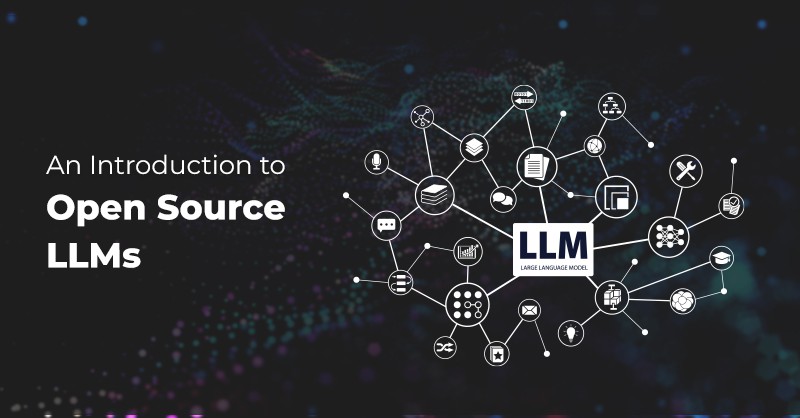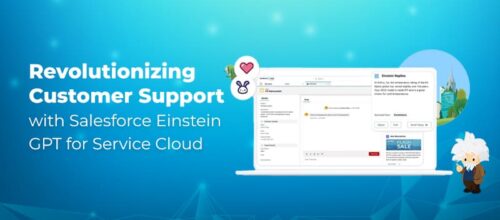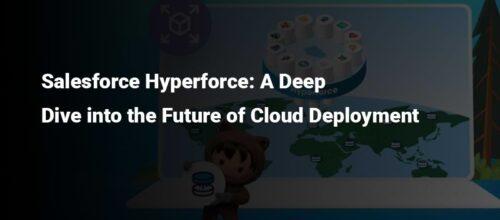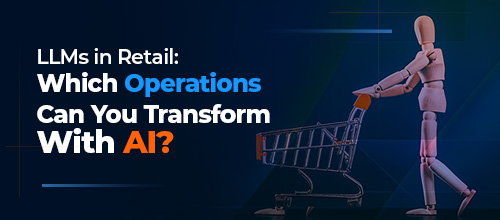An Introduction to Open Source LLMs

Dr. Hassan Sherwani
Data Analytics Practice Head
April 12, 2024
The emergence of large language models (LLMs) has revolutionized the rapidly evolving landscape of generative AI. These models, trained on vast datasets, can mimic human behavior and perform myriad tasks, from natural language processing to content generation. What sets some of these models apart is their open-source nature, offering transparency and collaboration opportunities that have sparked a new era of innovation. This blog delves into open source LLMs, exploring their significance, advantages, challenges, and future possibilities.
What are Open Source LLMs?
Open source LLMs are neural network-based language models whose source code is made publicly available. This transparency allows developers to delve into the model’s inner workings, fine-tune algorithms, and contribute to its improvement. Unlike closed-source LLMs, whose source code remains proprietary, open-source models encourage collaboration and innovation within the AI community.
What is the Difference Between Open Source LLM Models and Proprietary LLMs?
The critical distinction between open source and proprietary LLMs lies in accessibility and transparency. While closed-source models may offer pre-packaged solutions and proprietary data, open source LLMs can explore, modify, and customize the model according to specific needs. This openness fosters a culture of shared knowledge and accelerated development, making them an attractive option for many developers.
Open Source LLMs: Advantages, Risks and Applications
Advantages
- Transparency and access for developers and researchers to source code for customization and fine-tuning of large language models (LLMs).
- Collaboration opportunities within the AI community, fostering rapid development and innovation.
- Flexibility to adapt the model to specific use cases and applications.
- Cost-effectiveness compared to proprietary solutions, with no licensing fees. Furthermore, with Microsoft’s LoRA (low rank adaptation), enterprises require less computer power and memory to train large language models.
- Potential for improved model performance through community contributions and enhancements.
Risks
- Requires technical expertise for customization and deployment.
- Limited user support compared to commercial solutions.
- Potential data privacy and security concerns when handling sensitive information.
- Variable documentation quality across different projects.
- Uncertainty regarding long-term maintenance and support.
Applications of Open Source LLMs
There are several applications:
- Sentiment Analysis: LLMs identify and classify subjective opinions from sources like feedback and social media.
- Content Creation: Several LLMs generate contextually relevant content, including articles, marketing copy, and product descriptions.
- Chatbots: Fine-tuned LLMs serve as chatbot helpers, engaging with customers and providing assistance.
- Language Translation: These large language models facilitate accurate translation between languages, bridging communication gaps.
- Text Summarization: LLMs can condense lengthy content into concise summaries, aiding information retrieval.
- Code Generation: Developers leverage LLMs to generate code snippets or entire programs automatically.
- Content Filtering and Moderation: These models help maintain online platforms by filtering inappropriate content and enforcing guidelines.
Top Open Source AI Models and Tools
Several notable open source LLMs have gained prominence recently, each offering unique capabilities and applications. Examples include:
- LLaMA2: Developed by Meta, this AI model can carry out multiple NLP tasks and aims to be an alternative to OpenAI’s GPT and Google’s PaLM.
- Falcon-Series: Developed by Abu Dhabi’s Technology Innovation Institute, Falcon LLM features multi-query attention and scalability enhancements.
- MPT-Series: Developed by MosaicML, offering decoder-only models trained on diverse datasets spanning code, natural language, and scientific text.
- FastChat-T5: A chatbot model developed by the FastChat team through fine-tuning the Flan-T5-XL model, catering to commercial applications.
- DALL-E Mini: The variant model of OpenAI’s DALL-E can generate AI art from text descriptions alone.
- Bot Framework: Created by Microsoft, it is an open-source SDK for developers to build AI-powered chatbots.
- Mistral 7b: Mistral 7B is developed by Mistral AI. With 7 billion parameters, it is already outperforming competitors like LLaMA 2.
Steps to Building an Open Source LLM
- Data Preparation: Curate and preprocess datasets relevant to the target application.
- Model Selection: Choose a model based on performance benchmarks and suitability for the task.
- Fine-tuning: Fine-tune the selected model using curated datasets to optimize performance for specific applications.
- Evaluation: Assess the performance of the fine-tuned model or tools using metrics relevant to the target task.
- Deployment: Deploy the model in the desired environment, ensuring scalability, reliability, and security.
Future Trends & Possibilities
The future of open source LLMs holds immense potential for innovation and advancement. Efforts such as federated training and retrieval-augmented generation aim to enhance model capabilities and bridge the gap between proprietary and open-source solutions. Additionally, initiatives like MedPerf and advancements in medical AI highlight the transformative impact of collaborative, open-source development in specialized domains.
When to Consider Open Source LLMs vs. Proprietary LLMs
- Risk Tolerance: Open source LLMs are suitable for rapid prototyping and experimentation, while proprietary solutions may offer more excellent reliability for mission-critical applications.
- Technical Skills: Organizations with in-house expertise in AI development may benefit from open source LLMs’ flexibility and customization options.
- Control and Integration: Open-source models offer unparalleled control and customization, making them ideal for tailored solutions, whereas proprietary solutions may provide seamless integration and support.
- Data Privacy and Compliance: For applications involving sensitive data or regulatory compliance, proprietary LLMs may offer enhanced security features and certification.
Watch our video, where our experts unpack how developers can build an OpenAI Assistant API across AWS, Azure, and GCP.
How Royal Cyber Can Help:
In conclusion, open source LLMs represent a paradigm shift in AI development, empowering developers with transparency, collaboration, and customization capabilities. While challenges exist, the potential for innovation and the democratization of AI make these large language models a compelling choice for organizations seeking to harness the power of artificial intelligence.
The ongoing evolution of such LLMs promises to reshape industries, drive innovation, and democratize access to advanced AI capabilities. As developers and organizations continue to embrace open-source principles, the boundaries of what’s possible with AI will continue to expand, ushering in a new era of intelligent technologies that benefit society.
Author
Priya George
Leverage Our GenAI Services Today
Recent Posts
- Building High-Performance Python Applications with Ray on Apache Spark July 18, 2024
- ServiceNow CMDB: Accelerate Your Business Growth July 18, 2024
- An Overview of ServiceNow Information Technology Operations Management (ITOM) July 18, 2024
- Seamlessly Integrating Adobe Commerce with SAP’s ERP System July 16, 2024
Recent Blogs
- Harness the power of AI with Salesforce Einstein GPT for Service Cloud. Unlock innovative ways …Read More »
- Discover Salesforce Hyperforce, the future of cloud deployment. Explore its scalability, security, and global reach, …Read More »
- Artificial Intelligence (AI) has been making significant waves across various industries, revolutionizing business operations.Read More »



